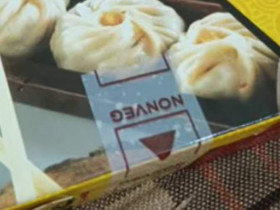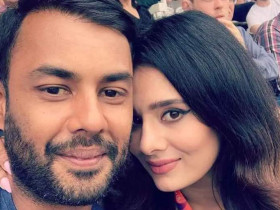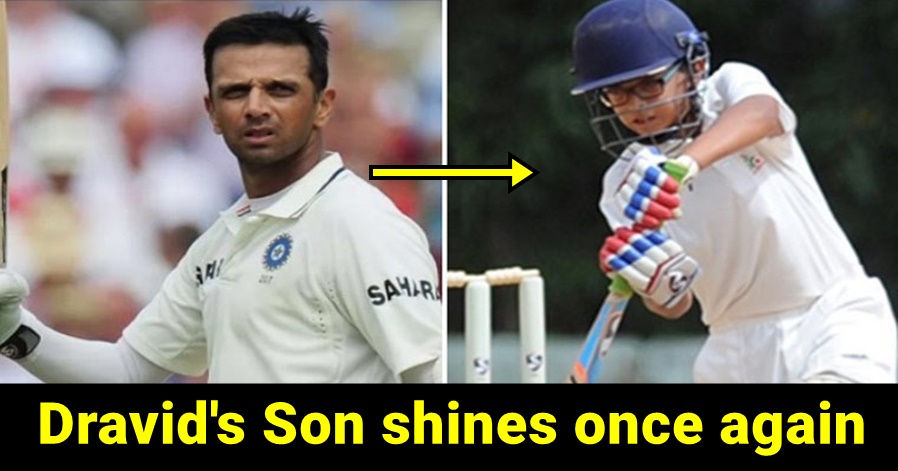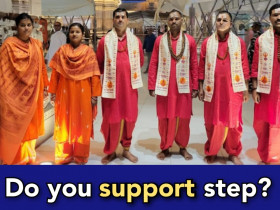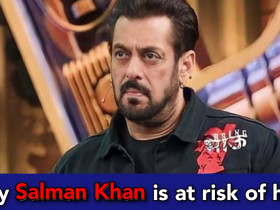On the night of June 15th, 2020, a violent clash took place between India and China after China tried to capture territory in east Ladakh’s Galwan Valley. In the violent face-off, 20 Indian soldiers were martyred whereas 45 Chinese soldiers were killed.
Recently, a Russian news agency reported that 45 Chinese soldiers died in the 2020 Galwan valley clash.
Now, China has accepted that four of its soldiers died in the clash, nearly eight months after the standoff. For the first time, China has officially revealed its casualties in the clash at Galwan last June. Its national media reported that four soldiers were killed and a colonel was seriously injured in the hand to hand fighting on the border.
China has posthumously awarded honorary titles to 4 of those who had died during the violent face-off. China’s state media People’s Daily reported today that four Chinese soldiers “who were sacrificed in last June’s border conflict, were posthumously awarded honorary titles and first-class merit citations. A colonel, who led them and seriously injured, was conferred with honorary title”.
Interestingly, while China had denied to own up to casualties on its side, in August 2020, months after China refusing to acknowledge the death of People’s Liberation Army (PLA) soldiers who lost their lives during the Galwan valley clash, reports had emerged that provided evidence of Chinese casualty in the recent clash with the Indian troops.
According to M Taylor Fayler, a Chinese expert from the Massachusetts Institute of Technology, one particular image showing the tombstone of a 19-year-old Chinese soldier who died in the “China-India Border Defense Struggle” in June 2020 had gone viral on Chinese social media platform Weibo.
“Tomb of Chen Xiangro. Soldier of the 69316 troops, from Pingnan, Fujian. He sacrificed his life in the struggle against India’s border troops in June 2020 and was posthumously remembered by the Central Military Commission.” read the epitaph, written in Mandarin.
The tombstone also reportedly read that the soldier, who was ‘Killed in Action (KIA) was born in December 2001 and was just 19-year-old.
According to Fravel, the tombstone also reveals information regarding the deceased soldier’s unit. The 69316 unit, mentioned in the tombstone appears to be a border defence company based in Tianwendian near the Chip Chap River valley, north of the Galwan Valley. He added these new set of images provided a narrow glimpse into the Chinese units that were deployed in the Galwan River Valley.
What Happened on June 15?
The violence clash between the Indian Army and China’s People’s Liberation Army (PLA) was the biggest confrontation since their 1975 clashes in Nathu La in which India defeated China killing their over 45 Chinese army personnel in the confrontation.
Galwan Bravehearts were honoured by Indian government and their last rites were performed in the presence of government representatives, accorded them the due status of martyrs. PM Modi and the COAS had also visited to meet and speak to the injured soldiers.

